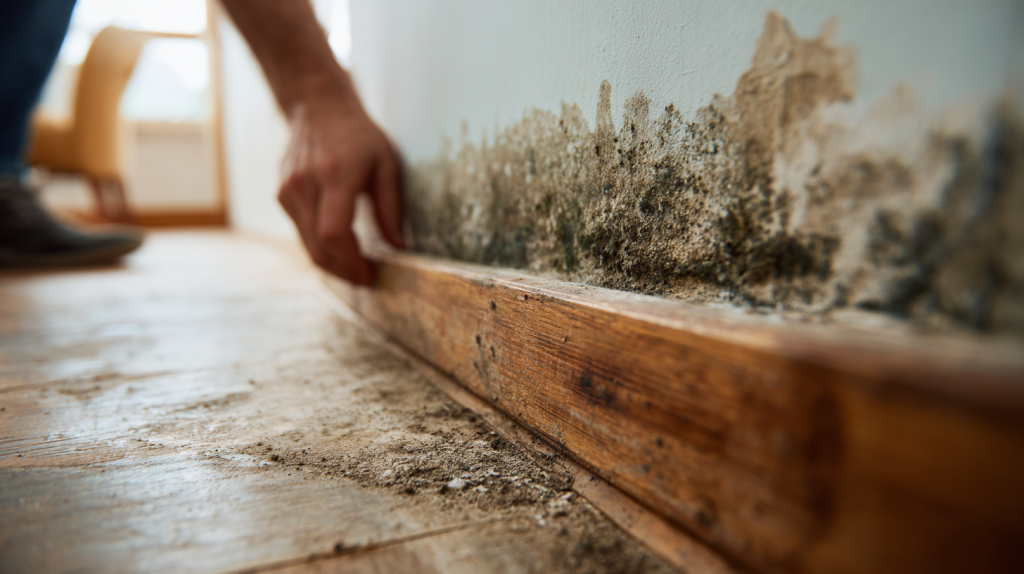
Mold is a type of fungus that naturally grows both indoors and outdoors, thriving in environments where moisture is present. It reproduces via microscopic spores and forms visible, fuzzy colonies—often in damp, dark spaces like bathrooms, basements, and HVAC systems.
Why Mold Becomes a Problem Indoors
While mold plays a valuable ecological role by breaking down organic material, it becomes a serious issue when it grows inside. Indoor mold can lead to structural damage, musty odors, and compromised air quality.
Mold isn’t just unsightly—it can also affect your health:
Allergic Reactions: Sneezing, congestion, itchy eyes, skin irritation, and asthma flare-ups
Irritant Effects: Exposure to mold by-products like microbial volatile organic compounds (mVOCs) can cause headaches, dizziness, and nausea
Pathogenic Threats: Some molds can cause infections in people with weakened immune systems
Toxic Exposure: Certain species, like Stachybotrys chartarum (black mold), produce mycotoxins that may lead to more serious health issues, including respiratory trouble and neurological symptoms
Long-Term Risks: Prolonged exposure is associated with chronic respiratory conditions like asthma and bronchitis
What EPA and Public Health Experts Say: Mold thrives in damp areas and should be cleaned promptly — and moisture control is the key to prevention.
Common indoor molds include Cladosporium, Aspergillus, Penicillium, Alternaria, and Stachybotrys (black mold)—each varying in appearance from green to black and growing on surfaces like drywall, wood, fabrics, and insulation.
These can be classified by their effects:
Allergenic — may trigger allergies or asthma
Pathogenic — can cause infections in at-risk individuals
Toxigenic — capable of producing harmful mycotoxins
Why Detection Matters—and Fast
Mold can colonize and spread quickly—sometimes within 24 to 48 hours of water exposure. By the time it’s visible, it could already be widespread.
That’s why professional detection—especially with tools like K9 inspections—is key. A detection dog can pinpoint hidden mold before it becomes visible damage, enabling targeted remediation and safeguarding both health and property.
MoldDogDetection@gmail.com
949-212-0604